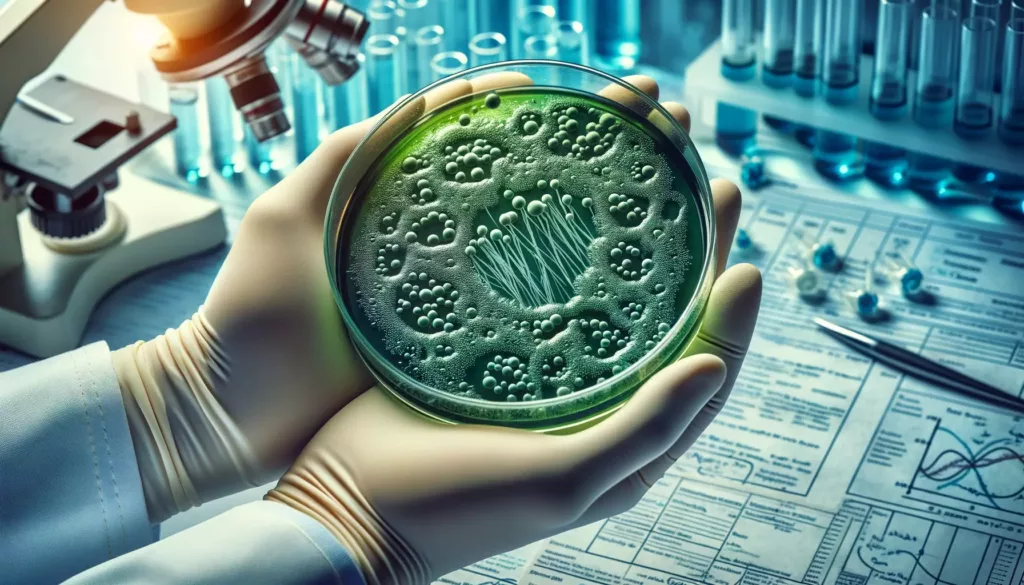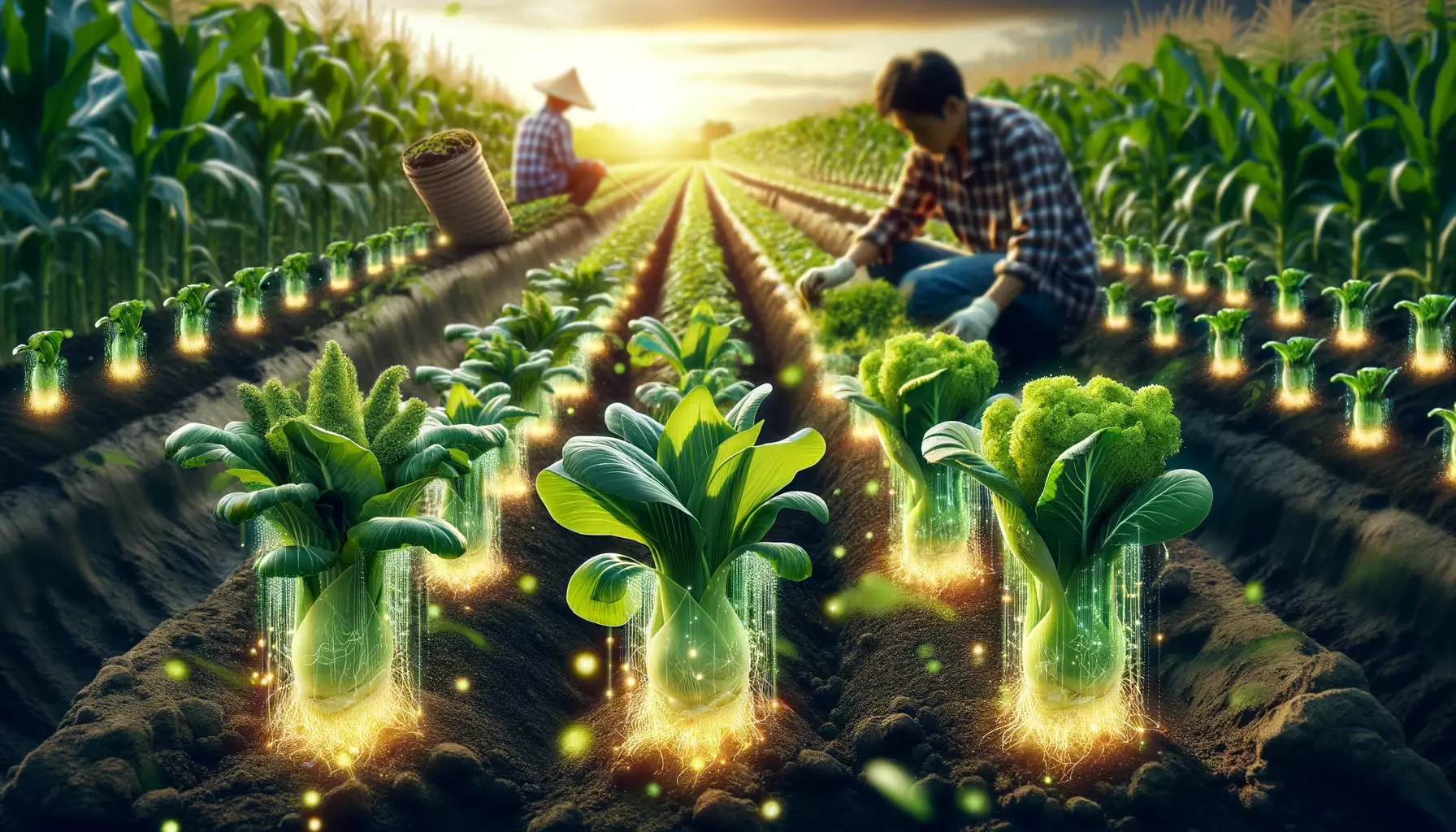Introduction: Reducing Chemical Fertilizers with Microbes
Chemical fertilizers, while essential for modern agriculture, contribute significantly to global greenhouse gas emissions. Researchers at MIT are exploring sustainable alternatives to these fertilizers by harnessing the power of bacteria.
The Potential of Nitrogen-Fixing Bacteria
Nitrogen-fixing bacteria have the capability to convert nitrogen gas into ammonia, providing essential nutrients for plants. They also play a role in soil regeneration and pest protection. However, their sensitivity to environmental conditions like heat and humidity poses challenges for mass production and distribution to farms.

Breakthrough Coating for Bacteria Protection
MIT chemical engineers have developed a novel metal-organic coating to protect these bacterial cells. This coating shields them from environmental damage without hindering their growth or functionality. In recent studies, seeds treated with these coated bacteria, including vegetables like corn and bok choy, showed improved germination rates.
The Role of Ariel Furst and Her Team
Ariel Furst, the Paul M. Cook Career Development Assistant Professor of Chemical Engineering at MIT, led this groundbreaking study. The coated bacteria can withstand temperatures up to 132 degrees Fahrenheit and do not require cold storage, significantly reducing distribution costs and complexities.
Overcoming Traditional Fertilizer Challenges
Chemical fertilizers are traditionally produced through the energy-intensive Haber-Bosch process. Besides their carbon footprint, these fertilizers can deplete soil nutrients over time. Regenerative agriculture practices, including the use of nitrogen-fixing bacteria, offer a sustainable alternative.
Challenges in Microbial Fertilizer Deployment
Current methods of deploying microbial fertilizers are expensive and limited to large-scale farms with onsite fermenters. The fragility of these bacteria during transportation and storage has been a significant hurdle.
Furst’s Coating Technology
Furst applied a metal-phenol network (MPN) coating, previously used for therapeutic bacteria, to encapsulate nitrogen-fixing bacteria. The coating, made from safe food-grade compounds like iron, manganese, and polyphenols, forms a protective shell around the bacteria.
Seed Germination Enhancement
The study tested various MPNs on Pseudomonas chlororaphis, a nitrogen-fixing bacterium. These coatings were effective in protecting the bacteria from high temperatures and humidity, and during freeze-drying. The most effective combination showed a 150 percent improvement in seed germination rates across various seeds, including dill, corn, and radishes.
Seia Bio: Commercializing Microbial Fertilizers
Furst founded Seia Bio to bring this technology to market, focusing on making microbial fertilizers affordable and accessible, especially for small-scale farmers. This approach aligns with the goal of democratizing regenerative agriculture.
Funding and Support
The research received funding from various institutions, including the Army Research Office, National Institutes of Health, and the MIT Deshpande Center, underlining the collaborative and multidisciplinary nature of this sustainable agricultural innovation.
